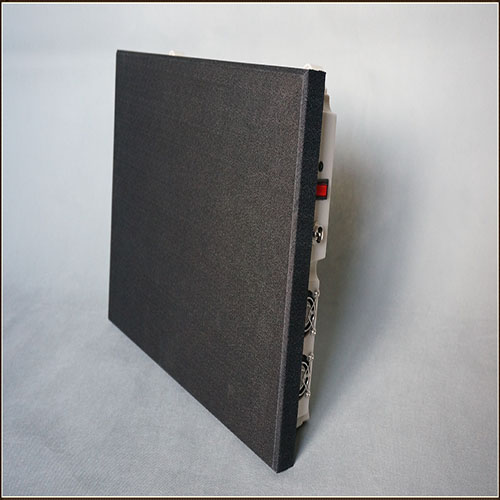Let's talk about the concept of signal jammers first. This has to mention EMC control. We know that the three elements of EMC are the interference source, the interference path, and the sensitive source. Then the three magic weapons for controlling EMC are filtering, grounding, and shielding and the wifi jammer is a shielding method. There is also the mobile version, as the saying goes: if the space is not enough, the shielding must be combined, that is to say, the mobile version needs to add a wifi jammer device when the density is high. Then there is the RF signal, in this case, a series of shielded cavities. Those mentioned above are the various forms of shielding.
Then let's look at the function of the wifi jammer device: simply speaking, there are basically two functions, one is to prevent external radiation interference, and the other is to shield external radiation interference; more complicated, it is to prevent external electric fields, magnetic fields or electromagnetic fields from affecting internal equipment. In order to avoid the interference of the equipment's electromagnetic field to the outside world, put the equipment in a closed or nearly closed metal shell or metal mesh cover.
Matters needing attention in the selection of materials for the production of wifi jammers
First: have you used the correct size of the wifi signal jammer?
Each RF PCB must be installed in a shielding cavity. The shielding cavity has a large number of resonance frequencies. The resonance frequency is related to the mechanical side of the shielding cavity, as well as the layer structure and medium of the PCB. In RF PCB design, the lowest resonant frequency should be paid attention to. When the operating frequency is close to the lowest resonant frequency, part of the energy will be absorbed, resulting in peak attenuation, thus affecting the normal operation of the circuit. Therefore, the appropriate size of the shielding cavity should be selected so that the resonant frequency does not fall within the operating frequency band of the microstrip circuit, and the calculation formula is left to the hardware engineer. PCB design engineers need to pay attention to the following design points: increase the aspect ratio of the shield, and try to avoid using a square wifi frequency jammer. In addition, put some tall devices to increase the height of the shield.
Second: Whether the wifi signal jammer is grounded or in good contact with the shielding frame.
If the contact between the jamming cover and the onboard jamming frame of the PCB is not very close, sometimes an open circuit and sometimes a short circuit will occur. This behavior pattern is like a switch. The switch is a nonlinear component, and there will be nonlinear effects, and harmonics is one of the typical nonlinear effects. And any metal, if it is not completely grounded, is a radiator, so the shielding cover and the PCB onboard shielding frame, the entire shielding is like a resonant cavity structure, the coupling will occur, radiating energy, plus the shielding cover and the PCB Due to the switching effect of the onboard shielding frame, the radiation stray will be stronger, and there is a risk of exceeding the standard.

Third: Whether the distance between the wifi blocker and the device is enough?
Since the distance between the wireless wifi jammerand the RF traces, or the matching components are too close, the parasitic capacitance will affect the impedance, especially the 0402 size components, which are more likely to have this phenomenon because of their larger size.
Fourth: Have you used the correct material for the wifi jammer cover?
Commonly used shielding materials are highly conductive materials, such as copper plate, copper foil, aluminum plate, aluminum foil, steel plate or metal coating, conductive coating, etc. Electrostatic shielding is mainly used to prevent the influence of electrostatic fields. For example, to protect against the interference of small instruments or devices, a copper-aluminum dense shell is used as a shielding cover. For low-frequency electromagnetic interference, the shell is made of magnetic materials such as iron or beryllium molybdenum alloy. For the protection of precision electromagnetic measurement interference at low temperatures, the use of superconducting material jamming cover and so on.
Fifth: the internal radiation stray of the circuit itself is large.
If the radiation stray inside the shielding cover is too large, after the shielding cover is added, the radiation stray cannot be radiated out and will be coupled into the conduction stray. Therefore, if the RF circuit itself is not well done, the conduction stray without a shielding cover is better than that with a shielding cover.

